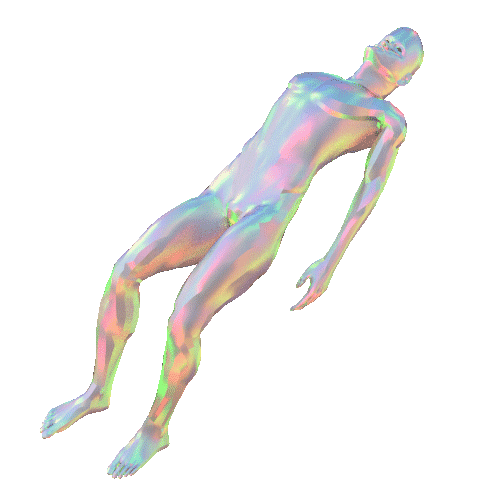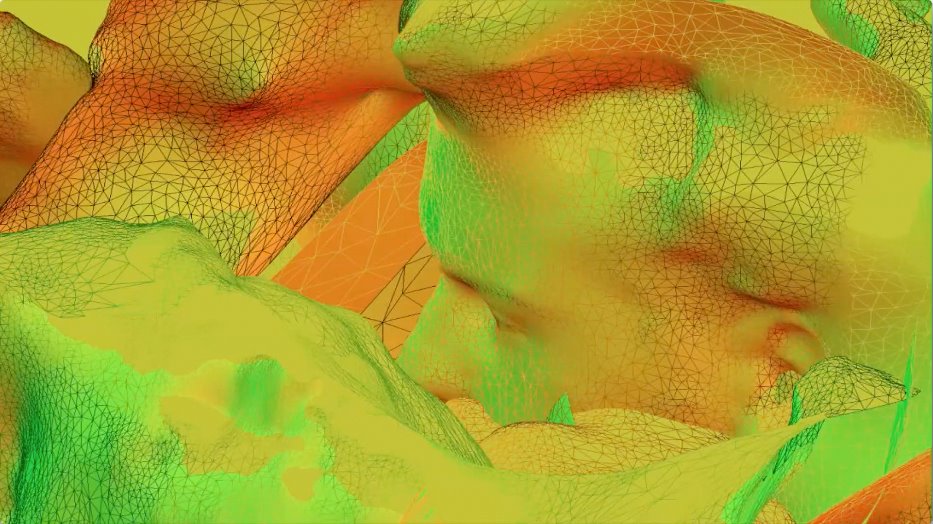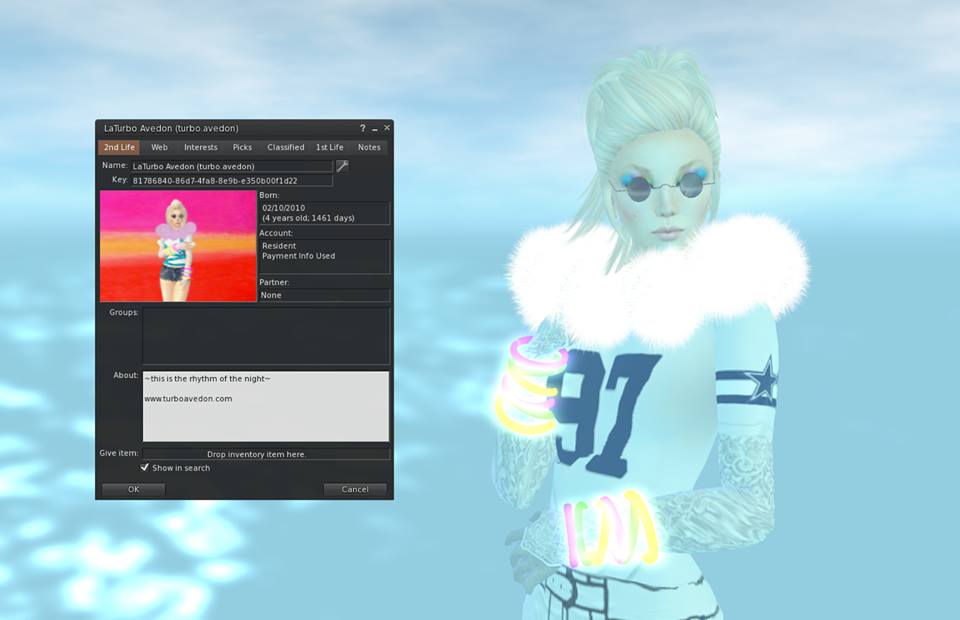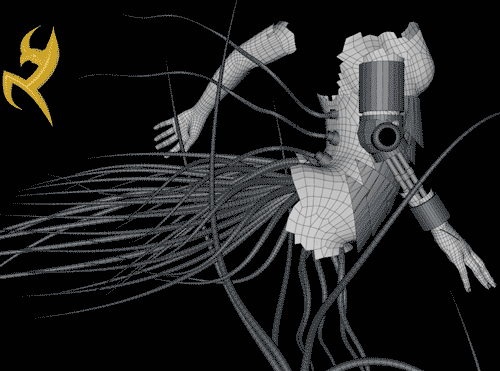Selfinthebrowser
Human body in internet art: the body in the browser (abstract for http://avarts.ionio.gr/festival/2014/en/call-for-papers)
Part of the research is concerned with identity, the browser and three dimensional design. By focusing on internet artworks that include or are representations of the human body I attempt to track elements that could contribute in a deeper understanding of the online self. The body in the browser has certain charakteristics like the structural relationship with language, complicated decentralised spatial relations within the network, and interactivity. We can argue that human body representation in current internet art in the browser doesnt fit in the realistic model of virtual worlds and earth representations. Additionally, earth (world) representation has a strong relationship with realism and objectivity while body representation is closer to subjectivity. Browser based art body is somehow liberated from the limitations of the platforms. The permissions and possibilities of design are wider and the outcome in general more heterogeneous. Body in the browser is build on language, text, code. Enriched with more interesting design possibilities , distributed through corporate servers, extends the spatial experience from width and lenght to depth. However, a variety of issues is emerging, from compatibility of browsers and graphic cards to access and literacy gap. With the new representations of the body online, one could raise questions around control and self design, limitations and capabilities of language, the future of the body itself. Interesting connections can be drawn among body and information management. One example is three.js, a library for javascript that supports 3d design, and the Webgl, technology that allows real time rendering in the browser, function that questions new body representations and the concept of time.




